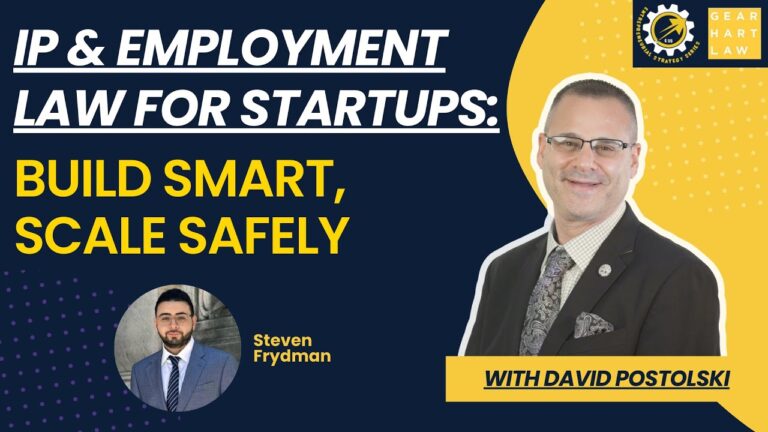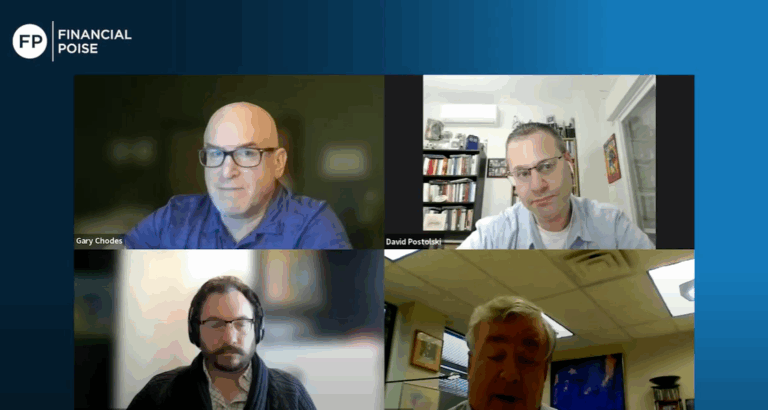How to Monitor and Enforce Your Trademark Rights
Securing a registered trademark is an important step toward protecting your brand, but it’s not the end of the process. Trademark rights are only as strong as the effort you put into maintaining and defending them. If you don’t watch for misuse or take action when infringement occurs, you risk losing control...
Steps to Take Before Filing a Commercial Lawsuit
Disagreements between businesses happen all the time. Whether it’s a dispute over payment, performance, or terms in a contract, it can be tempting to jump straight into legal action. But filing a lawsuit should never be the first move. Taking a few deliberate steps beforehand can help protect your business, clarify your...
The Patenting Process for Consumer Products
Coming up with a great idea is only part of the journey. If you’ve created a new consumer product, whether it’s a smart kitchen gadget, a new type of shoe, or a clever pet accessory, you’ll want to make sure your invention is protected. A patent gives you the legal right to...

IP & Employment Law for Startups: Build Smart, Scale Safely
Our "IP and Employment Law for Startups" Entrepreneurial Strategy Series event on August 28, 2025 highlighted how protecting your people and your ideas...
What Is a Trademark Clearance Search?
Launching a new brand is exciting. Whether you're preparing to roll out a product, name a company, or design a logo, you want to stand out. But before you commit to your idea and start filing paperwork, there’s one important step you shouldn’t skip: the trademark clearance search.
This...
What Are Chemical Patents?
Chemical inventions can shape entire industries, from life-saving medications to cutting-edge materials. Whether you're creating a new compound or improving an existing one, protecting your work is often a key part of bringing it to market. One way to do that is through a chemical patent.
This blog explains...
Do I Need an Attorney to File My Trademark Application?
When you're ready to protect your brand, one of the first steps is registering a trademark. Whether it's your company name, logo, or tagline, securing legal rights through the U.S. Patent and Trademark Office (USPTO) can help you defend your business identity. But many entrepreneurs wonder: do you really need an attorney...

How to Market Your Invention, Product, or Journey
Our July 31, 2025 Entrepreneurial Strategy Series event, "How to Market Your Product, Invention or Journey" featured expert insights from entrepreneurs and authors on key marketing strategies, including podcasting, crowdfunding, customer education, and investor engagement. Check out the recap...

Gearhart Law’s David Postolski Featured in Financial Poise Webinar for Startup Advisors
📺 Watch the webinar on-demand now
Gearhart Law is excited to highlight David Postolski, Esq., Partner at Gearhart Law, in a newly released on-demand webinar hosted by Financial Poise and The National Law Review:
“The Start-Up/Small Business...
Can You Patent Software in the Age of AI?
Software can still be patented today, including many types of AI-based software, but it takes careful planning and a clear understanding of what the U.S. Patent and Trademark Office (USPTO) will accept. The rules have tightened in recent years, and many applications get rejected simply because they describe abstract ideas without demonstrating...
